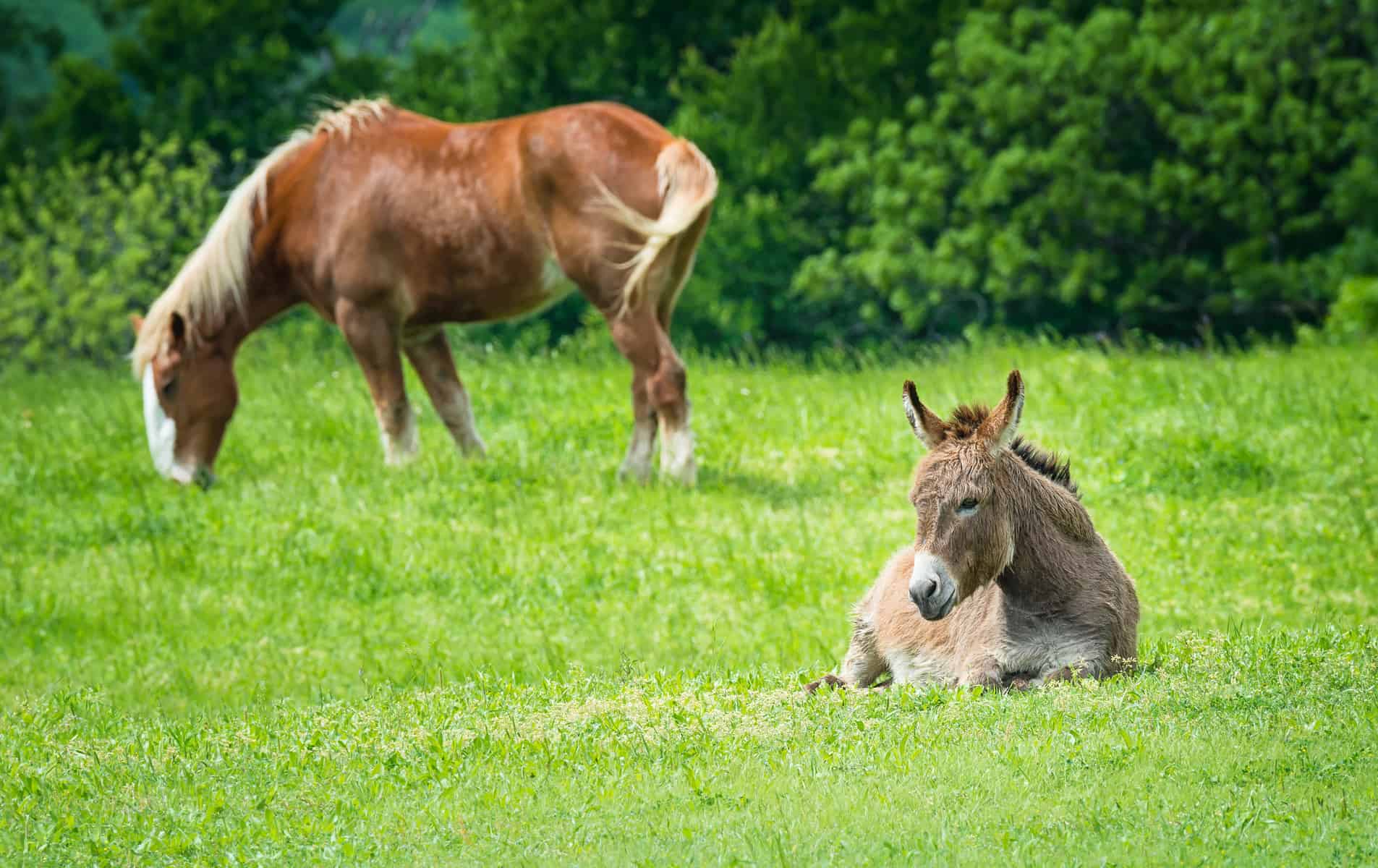When this occurs the donkey can develop a metabolic disease known as equine metabolic syndrome.
What causes laminitis in donkeys.
The donkey sanctuary has provided this guide to understanding colic what signs to look for its treatment and how to prevent colic in donkeys.
This foot condition can cause intense pain to the donkey.
Grass founder also known as laminitis is a painful and potentially harmful hoof condition that can affect any and all equine including mules and donkeys.
If you think your donkey is unwell consult your vet immediately.
There are many different circumstances that can lead to laminitis the most prevalent issue is allowing an equine unlimited grazing in a pasture that s growing new grass.
Norma became a bit portly and then suffered laminitis.
Unfortunately the first indication that a donkey may have ppid is a severe attack of laminitis or if a donkey suffers from recurrent bouts of laminitis.
Donkeys have a part of the hoof known as the quick.
Norma became sonja s favorite of course.
This causes insulin resistance and increased levels of blood glucose blood sugar in the blood stream.
Another disease that many mini donkey owners contend with at some point or another is laminitis.
Laminitis is a painful disease of equines.
Although laminitis occurs in the feet the underlying cause is often a disturbance elsewhere in the horse s body.
The causes vary and may include the following.
Due to the stoical behavior commonly exhibited by donkeys it is important to be aware of any behavioral changes or intermittent lameness in a donkey that might be related to underlying.
While the exact mechanisms by which the feet are damaged remain a mystery certain precipitating events can produce laminitis.
Radiographic and post mortem evaluations of feet are often an important.
It was at that precise laminitis moment that i returned to grass valley.
This is tissue near their foot bone also known as.
Clinical conditions that affect the donkey hoof include laminitis which is one of the most common causes of lameness in donkeys in the uk as well as white line disease abscess and chronic conditions such as overlong hooves.
Colic is dangerous because by the time the symptoms become apparent it may be too late to cure it.
To understand why it happens let s talk a bit about donkey foot anatomy.
The first four causes have been well known for some time.
An infection in any part of the body eg womb or chest infections excess weight being placed on one foot because the donkey has pain in the opposite foot access to too much grass access to cereal or other sugar rich feed.
This article reviews the normal anatomy and function of the donkey s foot before.
In equids this can lead to recurrent episodes of laminitis or founder.
A pilot study investigating radiographic versus post mortem measurements a.

